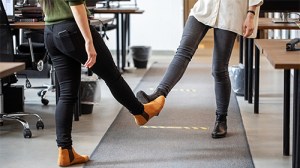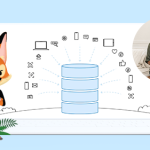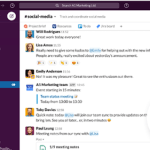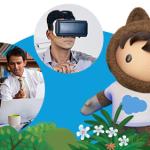Many leaders have seen the disruption to business-as-usual as an opportunity to stop, rethink processes and reimagine strategies. In the Asia-Pacific region, some countries are moving towards the ‘next normal’, and we’ll be among the first teams to put Salesforce’s well-laid reopen plans into action.
While it’s tempting to focus purely on economic outcomes, that would be a ‘survive’ leadership strategy, rather than a ‘thrive’ leadership strategy. To thrive we need to ensure we’re readying our people, including our leaders, for what’s next. It’s vital that we uncover how we built team resilience during uncertain times, and how we can continue to build it moving forward. In this article, I’ll share some of our learnings and how we’re building resilience for the rest of 2020 and beyond.
1. Start by stabilising
As we’ve all seen, a global crisis shakes even the steadiest of ground. The first step to building team resilience is creating security and regularity around work and the work environment. At Salesforce, whenever we require company alignment on our most important initiatives we always start with a V2MOM. In this case we focused on employee safety, productivity and wellness. Once the V2MOM was crafted, steady and frequent updates ensured visibility and transparency.
As part of our wellness initiatives, we launched the B-Well Together series, to provide thought leadership, tips, and resources from leading wellbeing experts to support our employees and our entire community through the trying times.
2. Keep morale high
It was vital that we kept morale high for our people. The priorities we’d set as a company – employee safety, productivity and wellness – helped individual leaders find opportunities to boost morale within their own teams and beyond. Below are five leadership practices that had the biggest impact for my team.
Show your real self
It was really important for me to remove my ‘work mask’ during this time. I wanted my team to feel comfortable and know that I was in the same situation as them, working from my living room. Every once in a while, I’d be on an all-hands call and I’d have to say “I’m going to move rooms folks because my daughter’s dance lesson is starting now.”
I’d intentionally let people know what was happening in my life – we were all navigating obstacles in working from our home environment.
Shine a light on individual success
We were missing the positive face-to-face feedback we each received in the office. To combat this, I gave people a platform to show their work. I asked members of my wider team if they wanted to present their work to the leadership team. It created an important moment for the individual and helped senior leaders get to know my team and the great work they were doing. It’s a very simple way to boost the confidence of my team and show them that I stand behind their work.
Put health and wellness on the agenda
To successfully stabilise during and after a crisis, the whole team needs to be healthy and feel strong. I quickly noticed that I wasn’t moving as much as usual as all my meetings were happening from the same desk, and not across the office space.
So I set a goal for 10,000 steps each day and made sure I reached it. I’ve encouraged my team to work on the move if they can – to turn the video off and walk outside while they’re on a 1:1 or exercise at a time that suits them through the typical workday.
Better communication, more often
Our Executive Leadership Team at HQ has been doing a fantastic job of increasing communication, hosting weekly all-hands calls so everyone can hear directly from our CEO about company priorities and progress. It’s been great for the people who work in regions, and has directly addressed the stresses and uncertainty many had.
Create opportunities for casual conversation
Considering how you can bring natural workplace interactions to a digital environment is important too. Water-cooler conversations, hallway bump-ins, or sharing lunch with someone from a different department are invaluable micro-moments. They’re chances to understand each other better and to share the excitement around daily work or knowledge.
We created a shared open lunch so anyone could pop in if they wanted to say hello – it wasn’t planned or scheduled, and it felt natural. We also had a Friday sign-off before the weekend so we could come together and celebrate the end of the week, birthdays, anniversaires and more, just as you would in a physical environment. While these are not new ideas or big fixes, they did initially help people feel like the transition from office to home was a shared experience.
3. Release control and increase trust
When surrounded by uncertainty, leaders often feel the urge to put tighter controls in place and limit staff autonomy. While this is human nature, it doesn’t benefit you or your team. You need to be strong enough to release control and increase your trust, especially in a work-from-anywhere world. Trust is our number one value at Salesforce – it guides how we interact with each other and our stakeholders, and I found that with increased trust, we accelerated innovation.
For example, my team quickly discovered an unintended benefit of travel restrictions. We were not able to put on physical events which meant we could widen the audience for our planned events as they went from in-person to online.
Events including Salesforce World Tour Sydney or Salesforce Live Asia could now have viewers from across the entire APAC region. Expect more of these amazing virtual events as India gears up to host more too, in collaboration with the wider APAC marketing team. These teams are charting new territory, and removing barriers that seemed like insurmountable obstacles only a few short weeks earlier.
We needed our newly widened teams to work well together, fast. From my experience, face-to-face interaction builds empathy and understanding, and helps people collaborate. We encouraged people to turn their cameras on and show off their lives. While appearances from dogs, kids and partners might have detracted from productivity in the moment, these real moments made colleagues who were far away feel much closer. This improved connection, support and happiness between teams.
As our digital events and workload increased, we had to help people manage over the long-term. For us, the key was creating processes for faster decision-making and implementation. We applied product-design thinking for marketing projects, which allowed leaders to set a vision and let the team deliver.
We held quick-fire daily scrum meetings with cross-functional teams so people handling the project could meet online and deep dive into a solution. We used Quip to capture our daily notes and punch lists of tasks to be completed. These were really successful; they brought people from across the business together to solve challenges while minimising bottlenecks, frustrations and competitiveness between teams.
4. Move forward as one team
We’ve all built new muscles during this time, growing and adapting to a new way of working and a new world. Now, it’s time to flex these muscles. As we move towards the next normal, we need new solutions. Many global team leaders are grappling with how they’ll move through phase two as some regions re-open while others stay firmly closed. This is why we launched work.com, a destination for all the latest thinking, advice, models and our all-new solutions for reopening and returning to the workplace.
As we move into the next stage, no one can predict what will happen next globally. However, I do know that whatever happens, we’ll face it as a strong and resilient team pulling together. Hopefully these learnings will help your team too.
To find out more about how the future of work, and how businesses and leaders need to prepare, download the COVID-19 Response Playbook.
This post originally appeared on the Australia version of the Salesforce blog.
